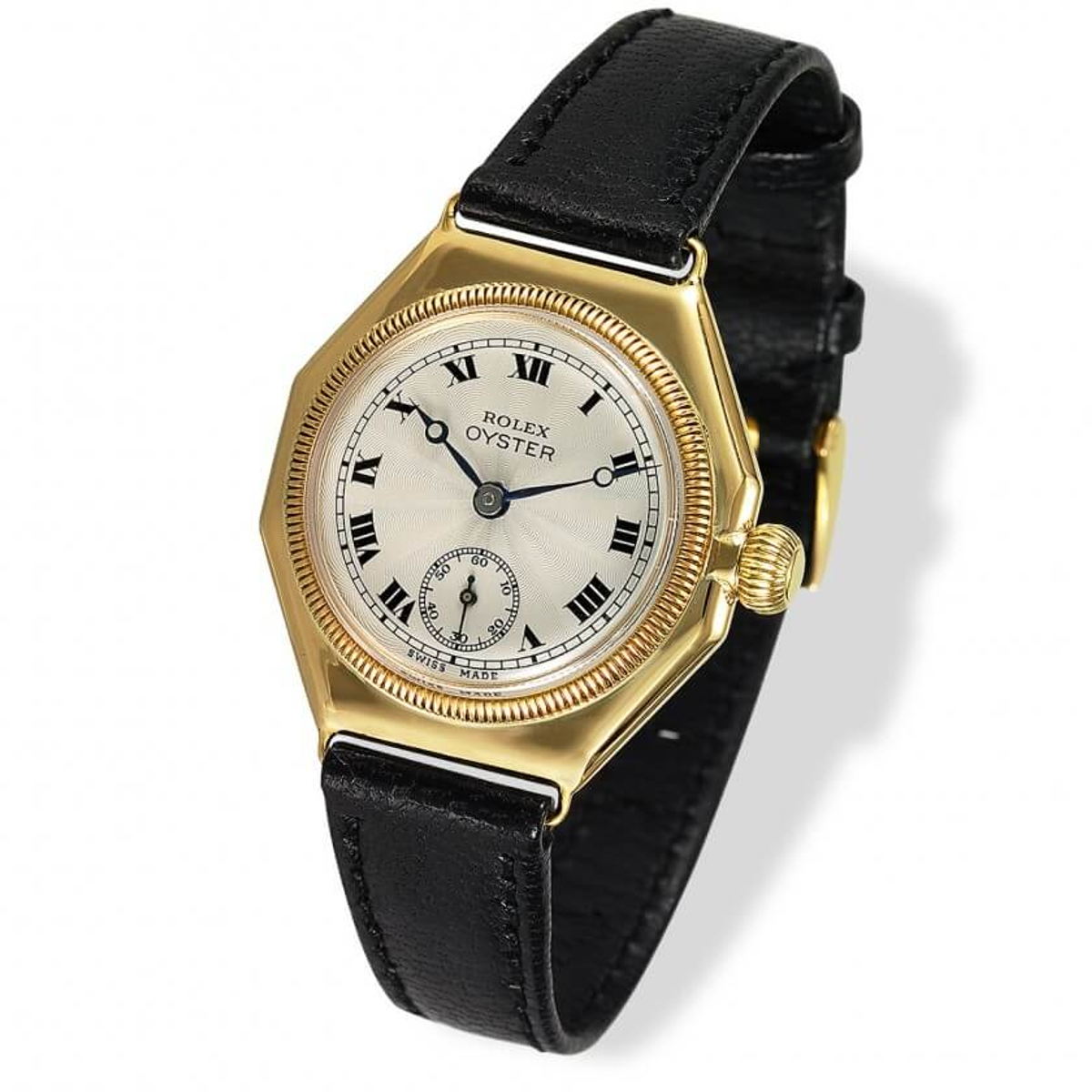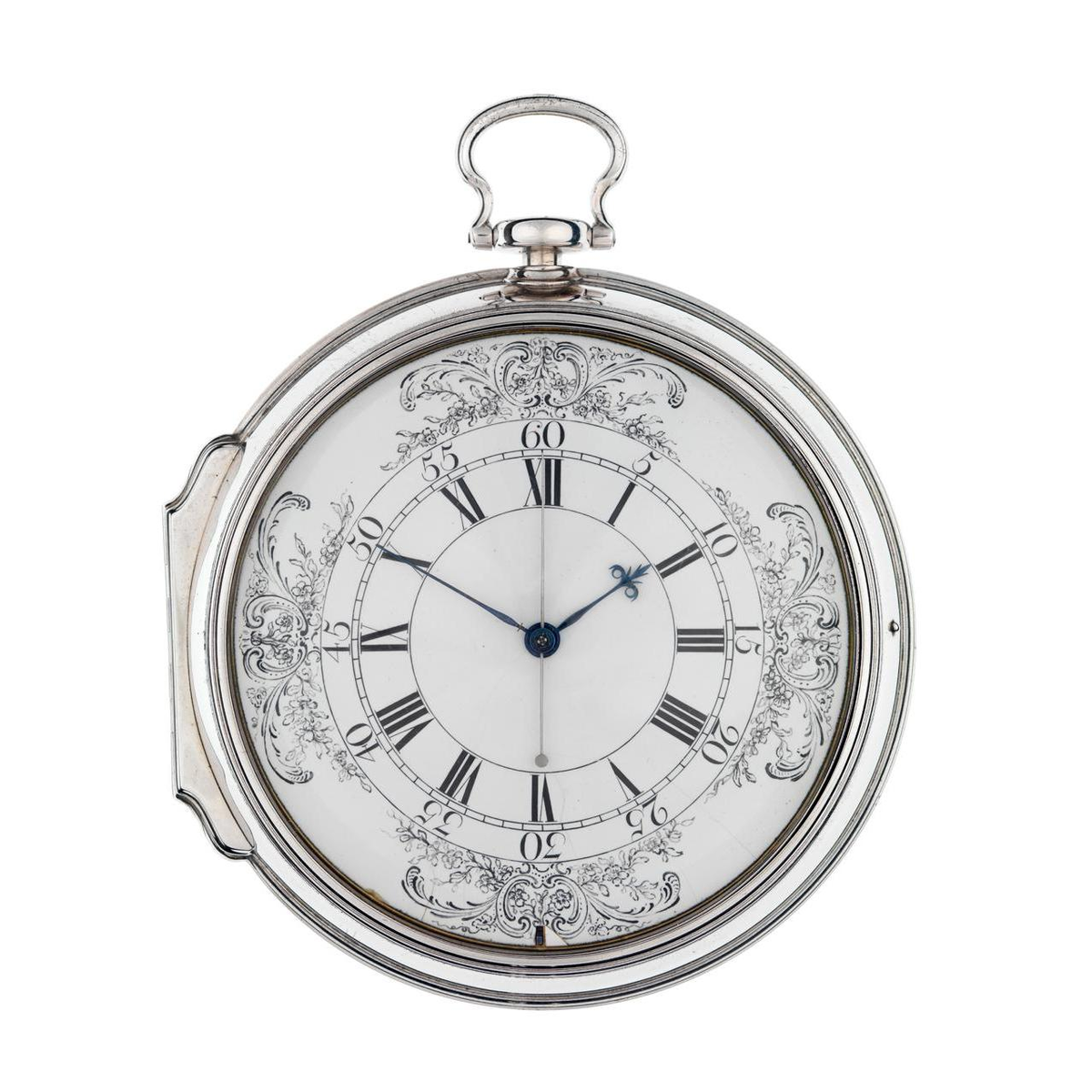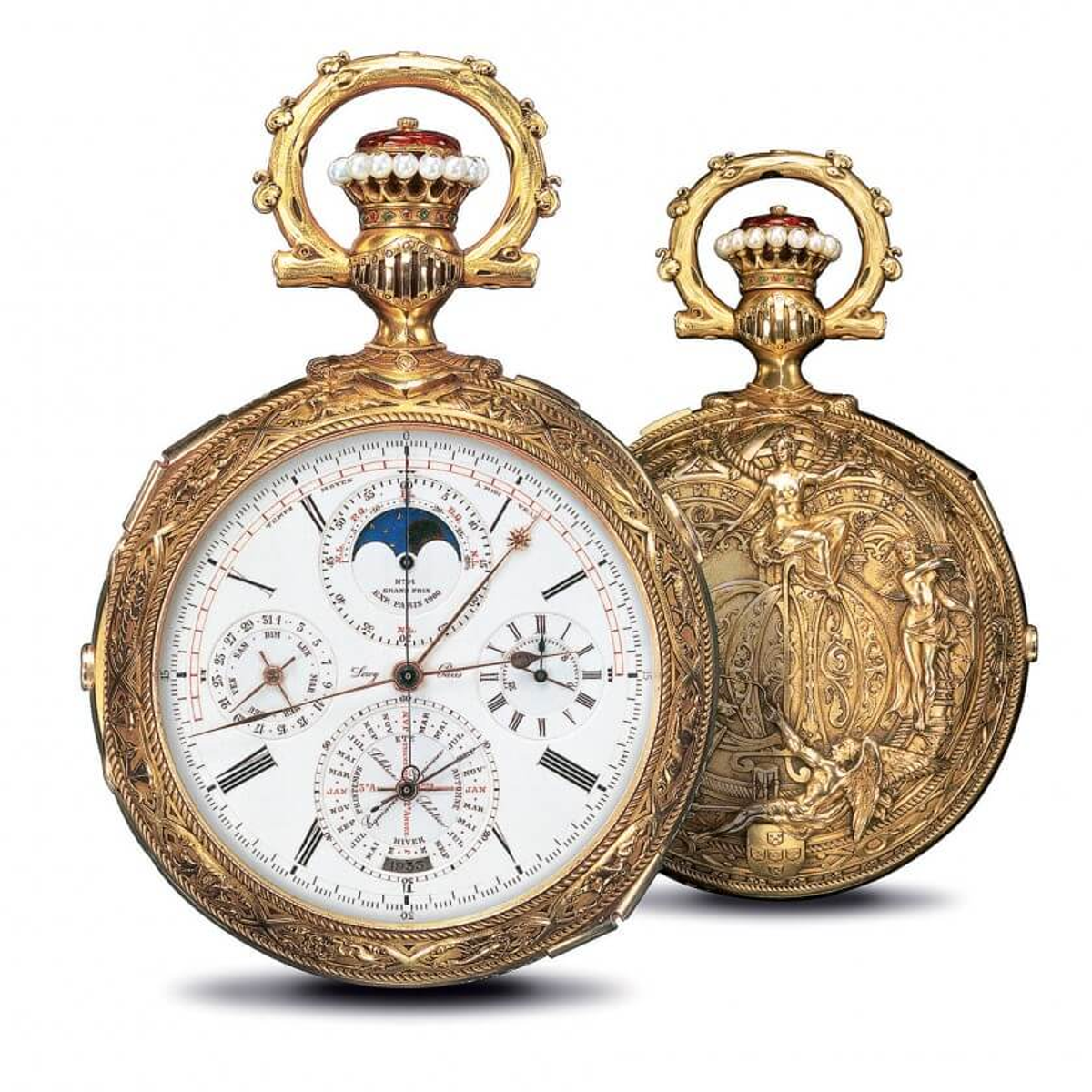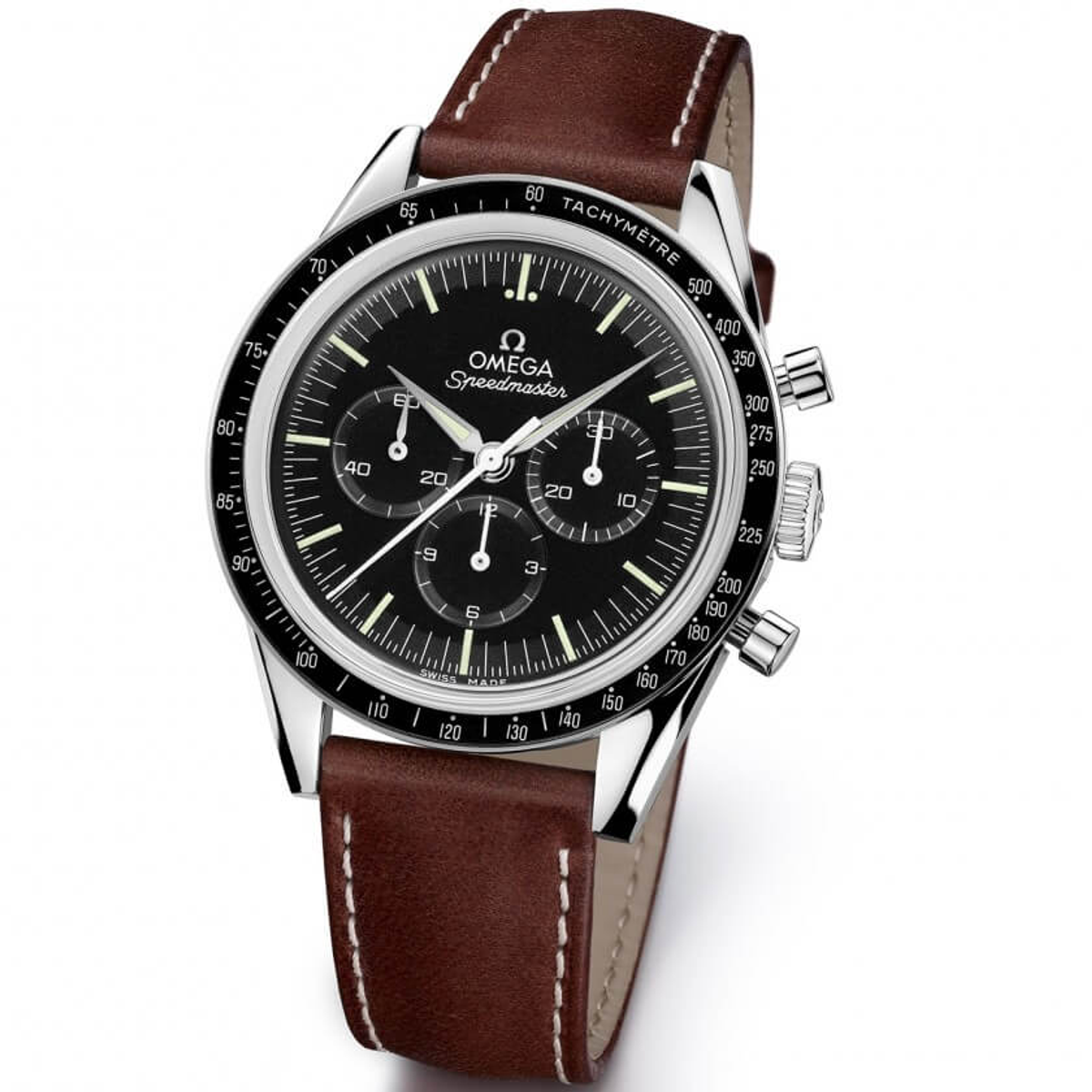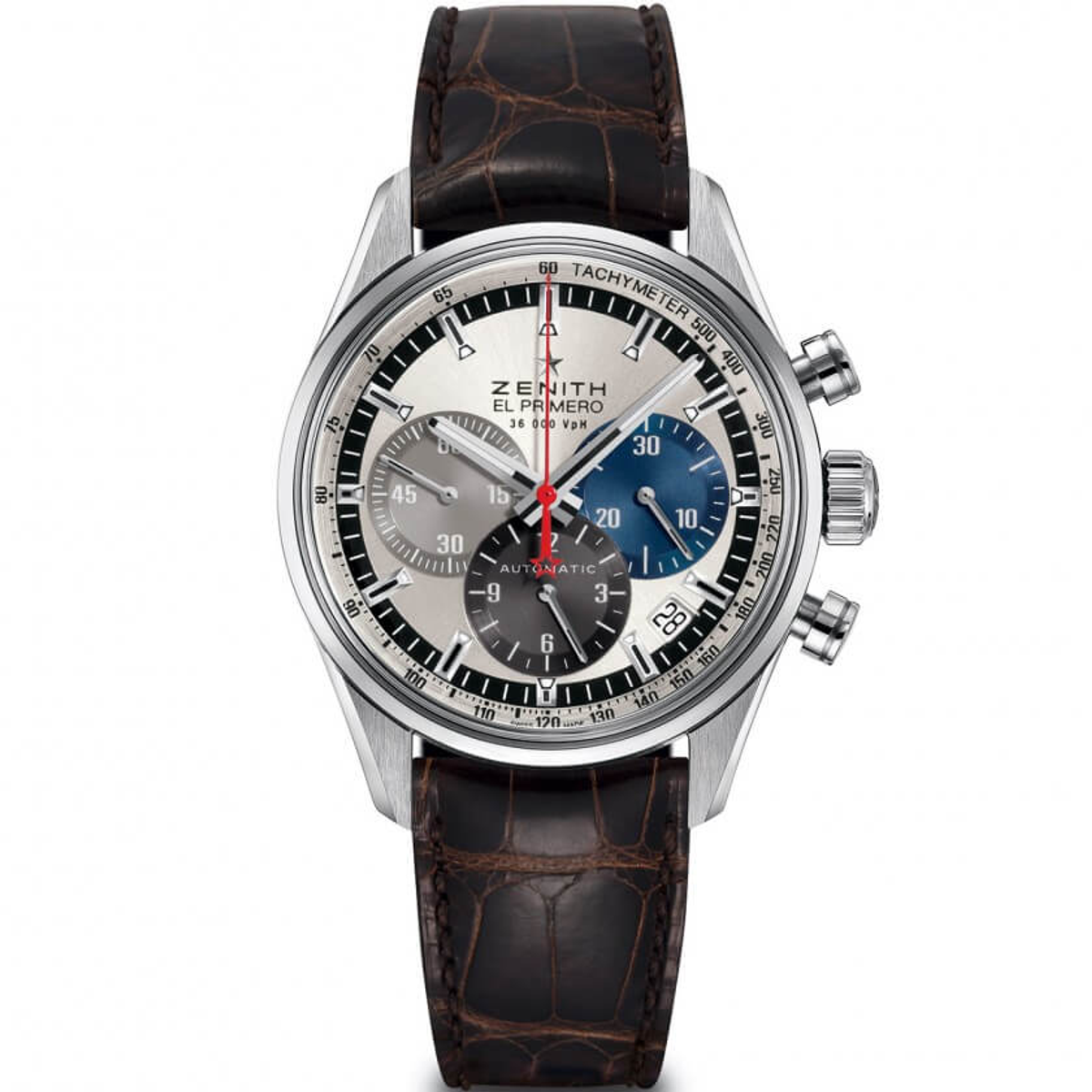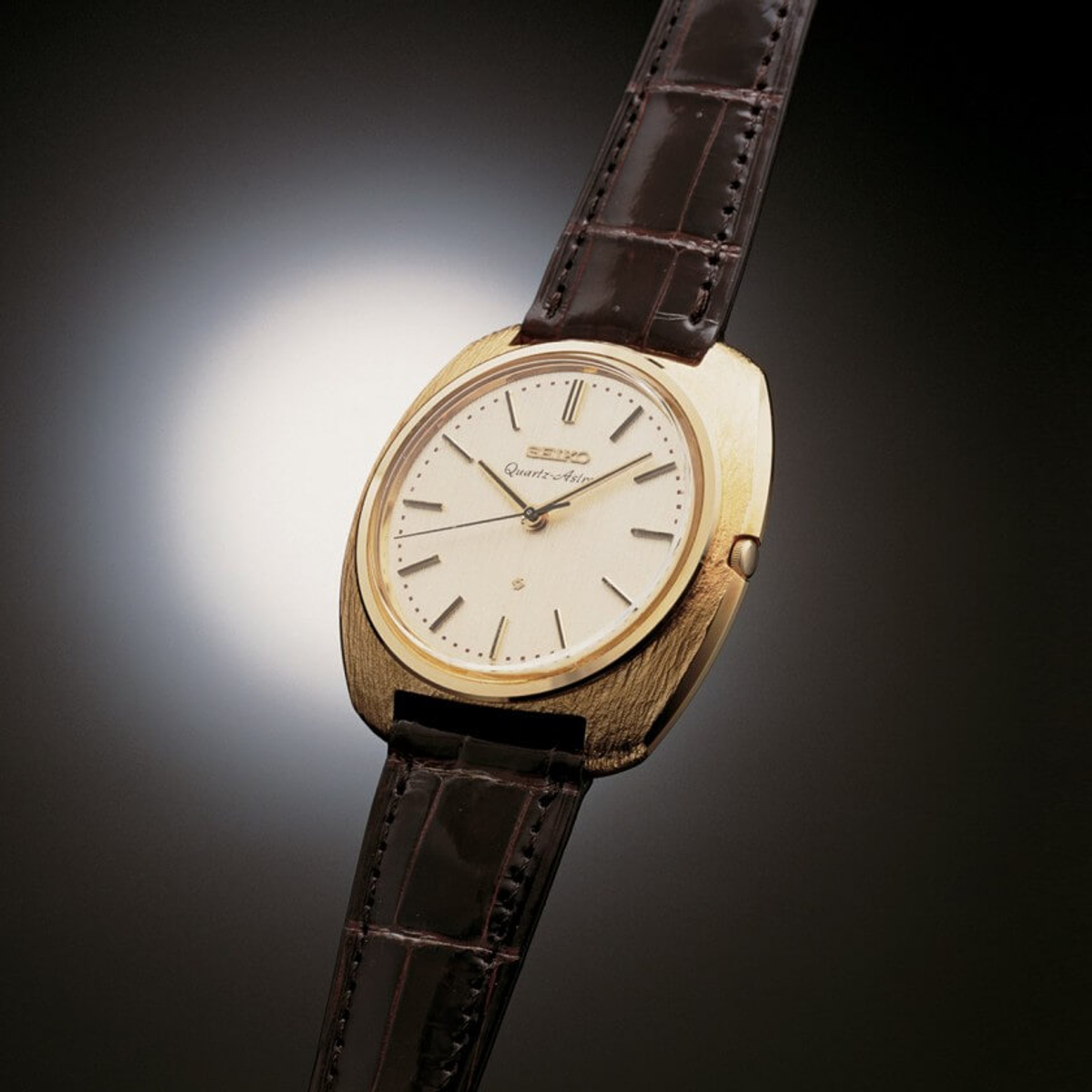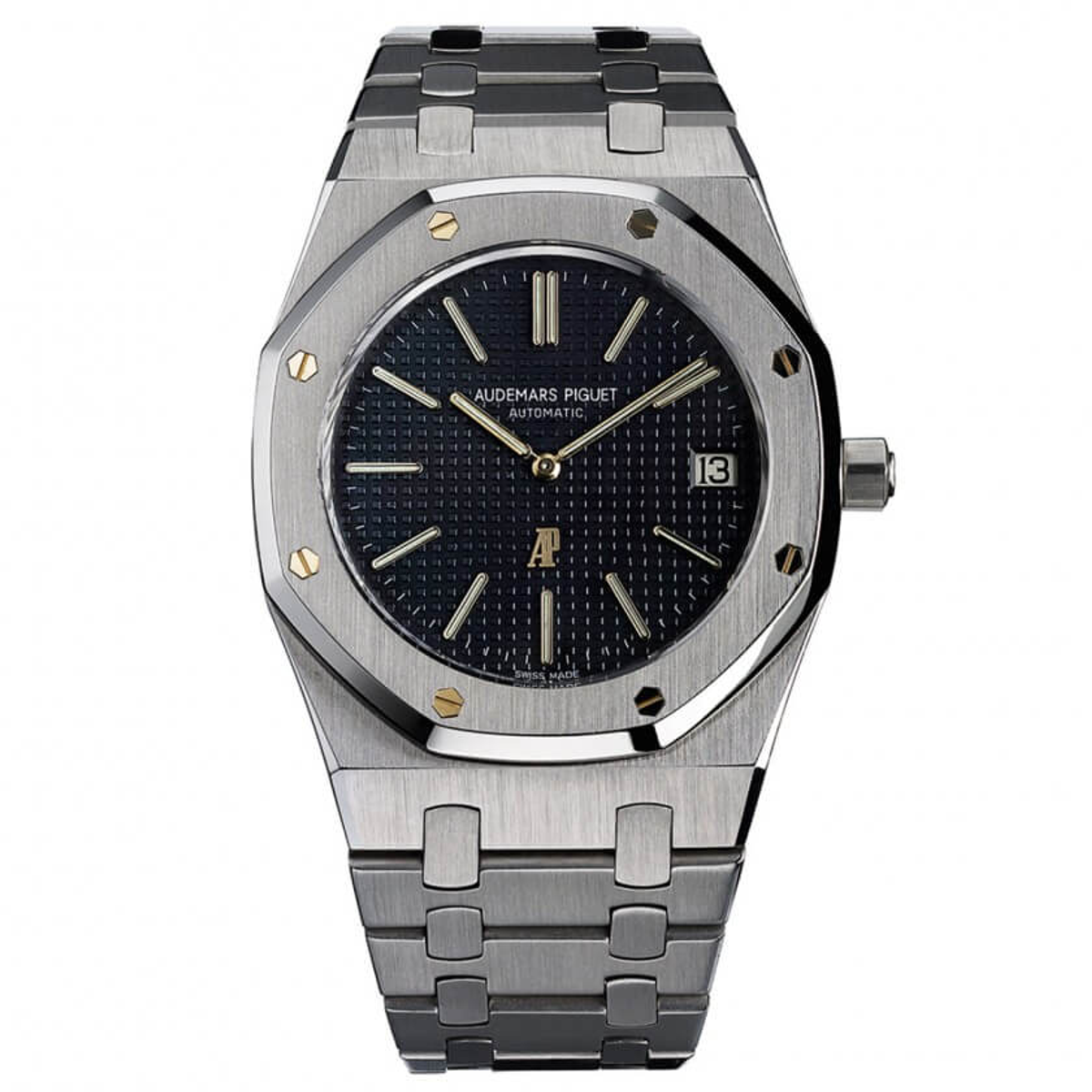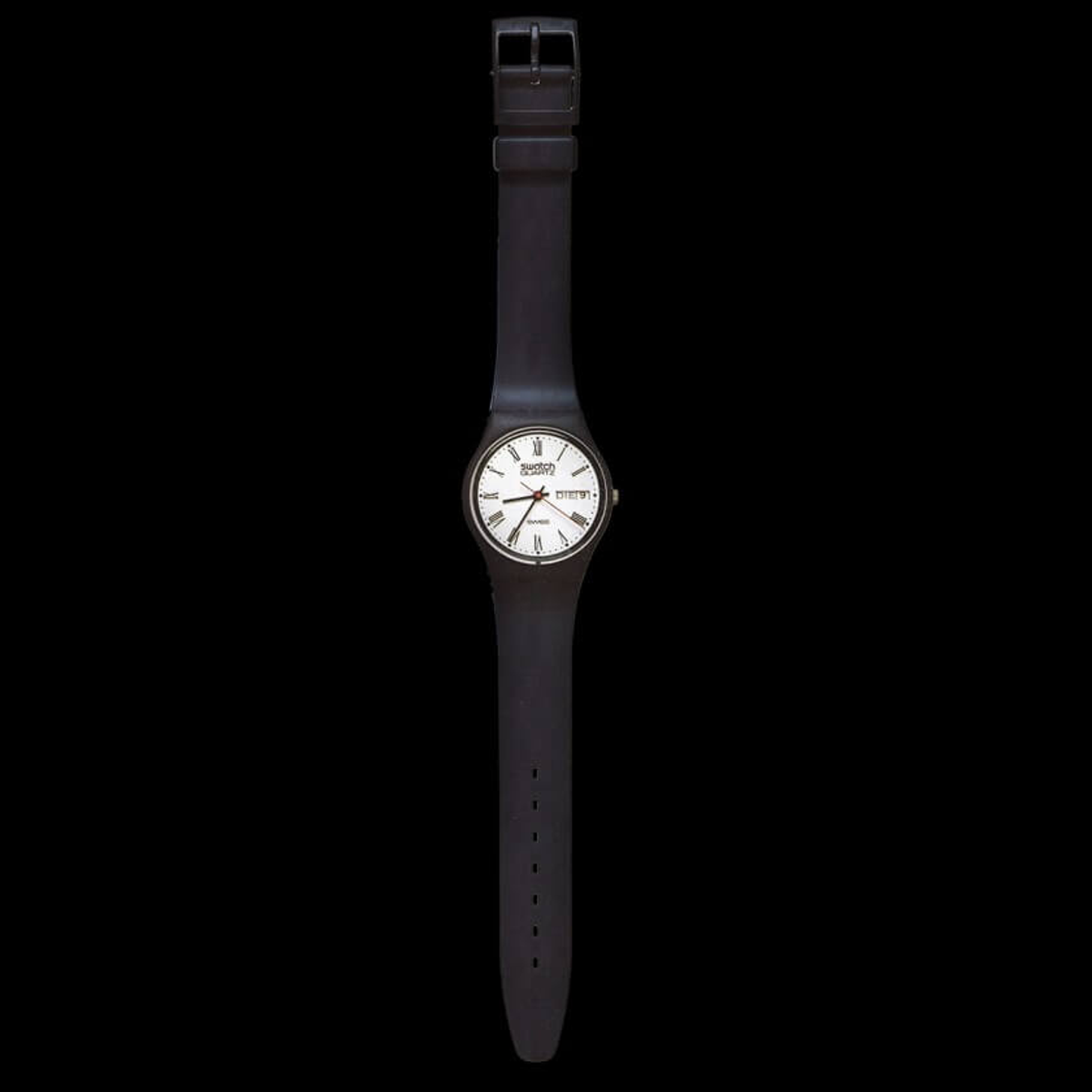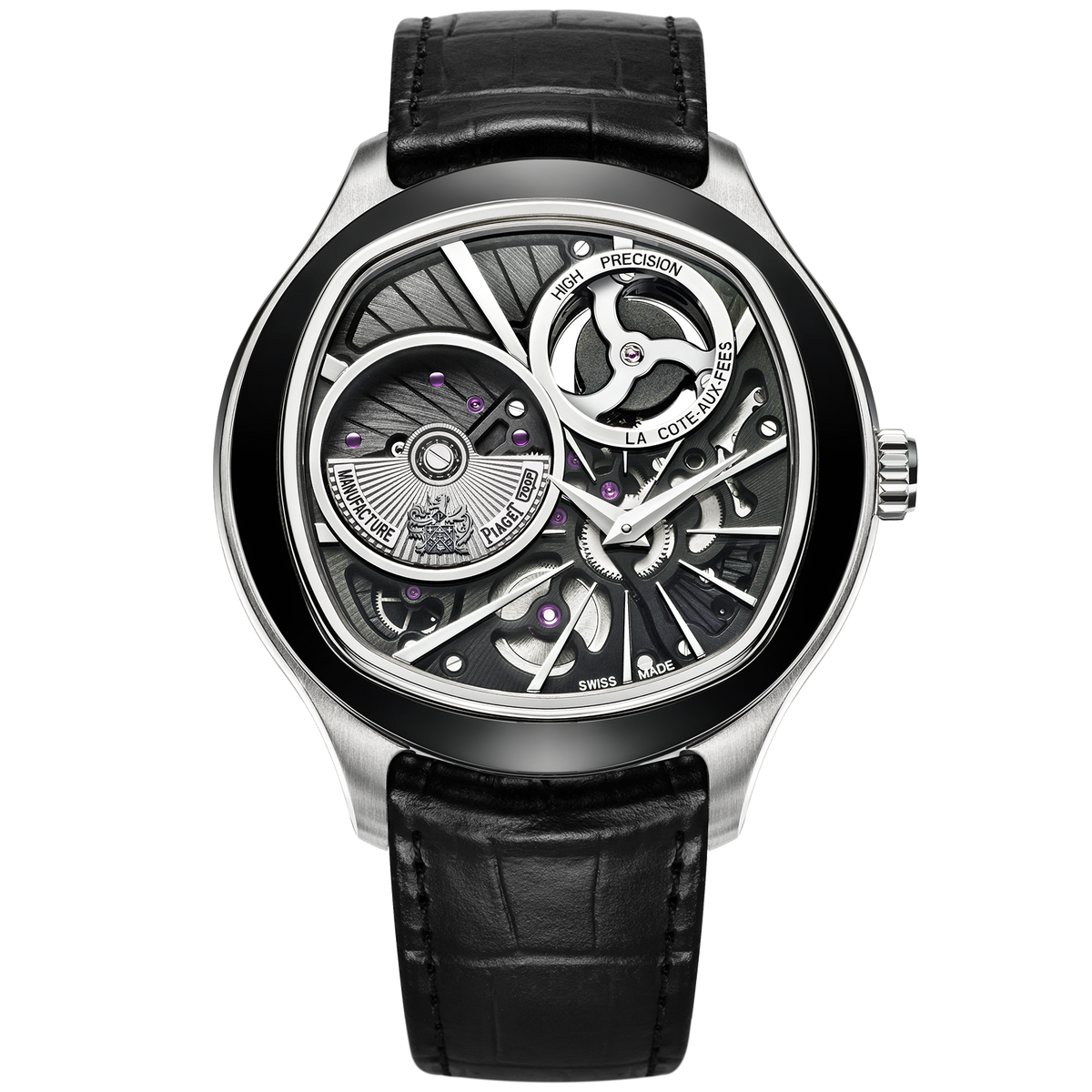To celebrate the 40th birthday of its first quartz movement made in 1976, the Manufacture Piaget workshops located in La Côte-aux-Fées are presenting the Emperador Coussin XL 700P. This model with its traditional design is resolutely unconventional from a technical standpoint, since it houses an original calibre drawing upon the best of two worlds: mechanical and electronic. In other words, this model produced in a 118-piece limited series has a “hybrid” heart. The latter is composed of a classic driving force mechanism (barrel, mainspring and primary going train) and a new-generation regulating organ that replaces the customary Swiss lever escapement. The movement of the new Emperador Coussin XL 700P is in fact based on a principle registered in Switzerland in 1972 by Jean-Claude Berney under patent number CHF 597 636 (Partial). This horological construction - very similar to Seiko’s Spring Drive mechanism presented at Baselworld 2005 - involves a device that drives a generator by means of a classic going train. The latter’s rotation speed of 5.33 turns per second is regulated by a quartz circuit (operating at a frequency of 32,768 Hz) via an electromagnetic system acting on the generator shaft, exactly like the electromagnetic driveshaft retarder on a heavy vehicle. This original movement thus makes it possible to combine two technologies that combine to guarantee a degree of performance and precision almost equivalent to that of quartz. It is also worth noting that this mode of construction is entirely compatible with traditional horological complications.
